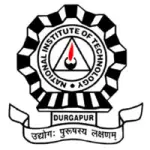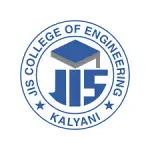University
1857
Government
Accredited with Grade A++
Co-Ed
033 2241 0074
Let’s be real: the University of Calcutta didn’t just pop out of thin air one fine morning. Somebody actually dreamed big—way back in colonial times, no less.
Picture this: it’s July 1854, and the East India Company’s bigwigs decide, “Hey, why not plant some universities in our favorite colonial hotspots—Calcutta, Madras, Bombay?”
Classic empire move, right?
Fast-forward to January 24, 1857. Boom—doors swing open, and Calcutta’s got itself one of Asia’s first modern universities.
They straight-up borrowed the University of London’s playbook at first, with all those stuffy exams and the whole liberal arts vibe, but Bengal’s wild spirit couldn’t be contained for long. The place started growing its own flavor.
And honestly? It stopped being just a colonial showpiece pretty quick. Instead, it turned into this buzzing hive of thinkers—reformers, rebels, scientists, poets, even a couple of Nobel legends.
I mean, Rabindranath Tagore, Amartya Sen, C.V. Raman... talk about a killer alumni group. Those halls have seen some serious brainpower.
Jump to today: CU is a big deal. Public state university, UGC-recognized, NAAC ‘A’ grade—yeah, all the official badges.
They’ve got pretty much every subject on tap: science, law, arts, tech, commerce, you name it. With more than 150 years on the clock and a spiderweb of colleges everywhere, this place is still cranking out the folks who go on to shake things up.
So if you’re scoping out courses, eyeing admissions for 2025, or just wondering how to get in the door, the University of Calcutta is still one of the OGs—historic, iconic, and way more than just another university.
Go ahead, take a look.







